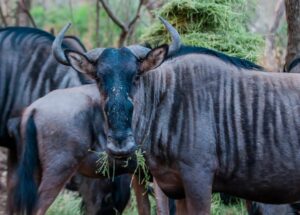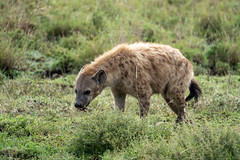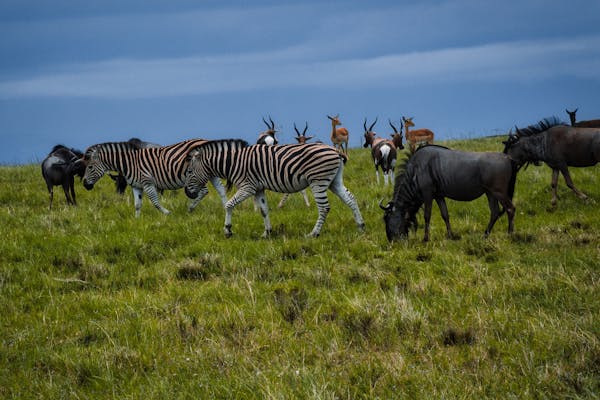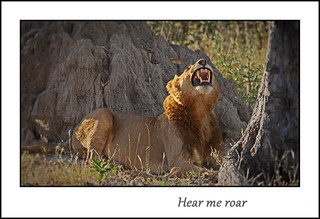Choosing the best time when to visit Serengeti is key for the successful safari. Even though the park can be visited any month of the year, determining the best months that marches your preference is crucial for you to have a successful safari. From flora and fauna of Serengeti to the riverine that define the Serengeti
Whether you are going for great migration of wildebeest or the breath-taking view of the wildlife. This ultimate guide will help you to select the perfect time to go for your Serengeti adventure.
January – March – When to visit Serengeti
This is a calving season for the wildebeests. It is also known as a green season due to the rainy season between November and December that rejuvenate the grass and create the green grassland. With green grassland, wildebeest and herbivores concentrate here for green pasture. With the concentration of herbivores and newborns wildebeest this come with the number of predators like lions, cheetahs and leopard that come to feed on these newborn wildebeest.
April – May – When to visit Serengeti
These months are characterised with heavy rains and unpredictable weather. The vegetable is green due to the heavy rain, but roads are impassable in the park. Tourist activity tends to drop, and the booking are limited during this time. For the budget traveller, this makes the perfect time for the trip as prices tend to drop for accommodation and promotion offers usually given. Furthermore during this period the park will be less filled by people giving you a humble view of the wildlife.
June – July
As the dry season sets in, June and July mark the beginning of peak safari season. The weather is cooler and drier, with clear skies providing excellent visibility for wildlife viewing and photography. The Great Migration usually begins in June, as vast herds of wildebeests and zebras start their journey northwards from the southern Serengeti towards the western corridor. Predators closely follow the migrating herds, offering thrilling opportunities to witness predator-prey interactions.
August – September – When to visit Serengeti
This is a dry season in the Serengeti national park. The wildebeest are moving north towards the Masai Mara. It is considered a pinnacle time for great migration as the wildebeest are planning to cross the Mara River to the Masai Mara. This exercise will leave a memorable experience to the tourist. As they witness the tension as the wildebeest trying to cross the river and the predator-prey interaction at this point.
October – When to visit Serengeti
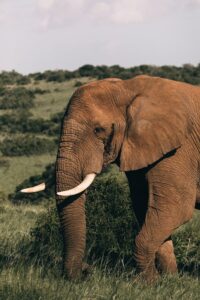 In October, the dry season continues, although temperatures may start to rise as the short rains approach. The Great Migration begins its journey back southwards, with the herds returning to the Serengeti plains. This is a transitional period, offering a mix of dry savannah landscapes and occasional green patches. Wildlife viewing remains excellent, and the changing scenery provides unique photographic opportunities.
In October, the dry season continues, although temperatures may start to rise as the short rains approach. The Great Migration begins its journey back southwards, with the herds returning to the Serengeti plains. This is a transitional period, offering a mix of dry savannah landscapes and occasional green patches. Wildlife viewing remains excellent, and the changing scenery provides unique photographic opportunities.
November – December – When to visit Serengeti
These months mark the onset of the “short rains” season, characterized by sporadic afternoon showers. The landscape starts to turn green again, and migratory birds begin to arrive in the park. While wildlife viewing is still good, the lush vegetation may make spotting animals slightly more challenging compared to the dry season. However, the rejuvenation of the landscape and the quieter atmosphere due to fewer tourists can make for a peaceful and immersive safari experience.
Our budget safaris
Conclusion
Ultimately, the best time to visit the Serengeti depends on your interests and preferences. Whether you’re drawn to witnessing the Great Migration, experiencing the calving season, or simply enjoying the diverse wildlife and stunning landscapes, there’s something magical to discover in the Serengeti throughout the year.


